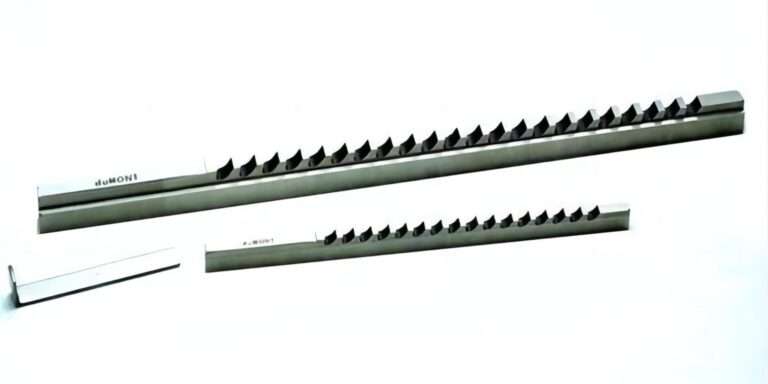When it comes to auto insurance, understanding your deductible is crucial. It can directly impact your premiums and out-of-pocket costs if you ever need to file a claim. But, what exactly is an insurance deductible, and how does it affect your overall insurance costs? In this article, we’ll break down what an insurance deductible is, how it works, and share strategies to help you save more money on your insurance premiums.
What Is an Insurance Deductible?
An insurance deductible is the amount of money you must pay out-of-pocket before your insurance company starts covering the rest of the expenses. This applies to a variety of insurance types, including auto insurance, health insurance, and homeowners insurance.
For example, let’s say your auto insurance policy has a deductible of $500, and you get into an accident causing $2,000 worth of damage to your car. If you file a claim, you would be responsible for paying the first $500. Your insurance company would then cover the remaining $1,500, subject to the terms of your policy.
The deductible is designed to prevent small claims from overburdening insurance companies and to encourage policyholders to take responsibility for smaller expenses. The higher your deductible, the lower your monthly premium, and vice versa.
How Deductibles Affect Your Premiums
The amount you choose for your deductible can have a significant effect on your auto insurance premiums. Generally, the higher your deductible, the lower your monthly premiums. That’s because you’re assuming more of the financial responsibility in the event of a claim, which reduces the insurer’s risk.
For example, if you raise your deductible from $500 to $1,000, you might see a decrease in your monthly premium. This might seem like an attractive option, especially if you’re looking to save money. However, it’s important to make sure you can afford the higher deductible in case of an emergency.
Should You Choose a High or Low Deductible?
Choosing the right deductible for your auto insurance policy depends on your personal financial situation. A lower deductible means you’ll pay more in premiums each month, but you’ll have to pay less out-of-pocket if you need to file a claim. A higher deductible means you’ll pay less in monthly premiums, but you’ll need to pay more upfront if something goes wrong.
If you’re in a position to cover a higher deductible—say, you have an emergency fund or extra savings—it may make sense to choose a higher deductible to lower your premiums. On the other hand, if you have limited savings or prefer to pay less out-of-pocket when an accident occurs, a lower deductible might be the better choice.
It’s all about finding a balance that suits your financial comfort level and your ability to absorb unexpected expenses.
Why It’s Important to Understand Your Deductible
Understanding how your deductible works can help you make better financial decisions. If you’re ever in an accident or need to file a claim, knowing your deductible amount allows you to plan accordingly. You won’t be surprised by a high out-of-pocket cost that you can’t afford to pay.
Moreover, understanding your deductible can help you choose the right insurance policy for your needs. Some people opt for higher deductibles to reduce their monthly premiums, while others prefer to pay higher premiums for a lower deductible. Having a clear understanding of the trade-offs will help you make a more informed choice.
How to Save More on Your Deductible and Premiums
- Review Your Deductible Annually
Life circumstances change, and so should your insurance policy. Reviewing your auto insurance annually allows you to assess whether your current deductible still fits your financial situation. If you’ve accumulated more savings, you might consider raising your deductible to save on premiums. Alternatively, if your financial situation has changed and you want to lower your out-of-pocket expenses, you can opt for a lower deductible. - Consider Bundling Policies
Insurance companies often offer discounts for bundling multiple policies, such as combining your auto insurance with homeowners or renters insurance. Bundling can save you money on premiums and might give you the flexibility to adjust your deductible without significantly impacting your overall costs. - Look for Discounts
Many insurance providers offer discounts that can help you save money, even with a low deductible. Safe driving discounts, low-mileage discounts, or discounts for installing safety features in your car can reduce your premiums. Some providers also offer discounts for good students or for taking defensive driving courses. Always ask your insurer about potential discounts that could lower your premium without raising your deductible. - Shop Around for Better Deals
Insurance rates can vary greatly from one company to another. If you haven’t compared rates recently, you might be paying more than you need to. By shopping around, you can find a policy with the right deductible and premium balance for your needs. Comparing different auto insurance providers allows you to make an informed decision and find the best deal. - Evaluate Your Risk
Your deductible should reflect your level of risk. If you drive a high-value car or live in an area with a high risk of accidents or theft, it might be worth opting for a lower deductible. This way, if something happens, you won’t be burdened with a hefty out-of-pocket expense. On the other hand, if you drive an older car or have a low-risk driving record, you may be able to save more by increasing your deductible.
Conclusion: Find the Right Balance
Understanding your insurance deductible is an essential part of managing your auto insurance policy. It directly impacts your premiums and out-of-pocket costs in the event of a claim. By choosing the right deductible based on your financial situation, reviewing your options regularly, and looking for discounts, you can save more while still maintaining adequate coverage.
Whether you opt for a higher deductible to save on premiums or prefer the security of a lower deductible, the key is to understand your options. With a little research and consideration, you can find the right balance that suits your needs and budget.














